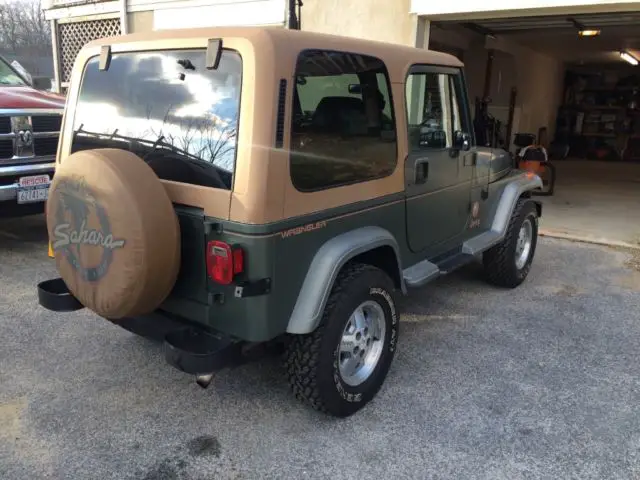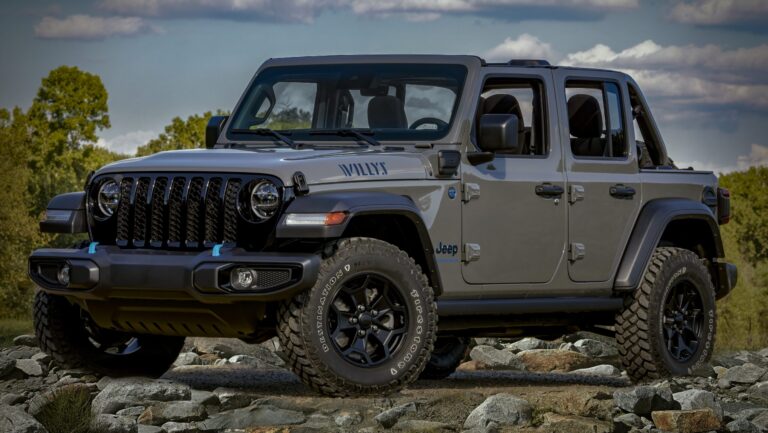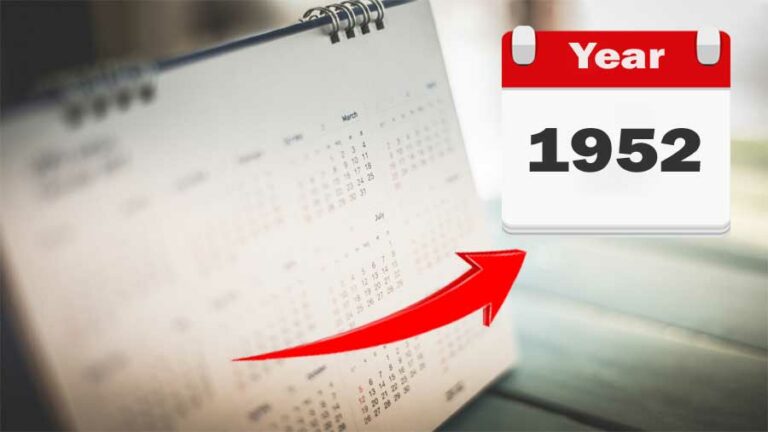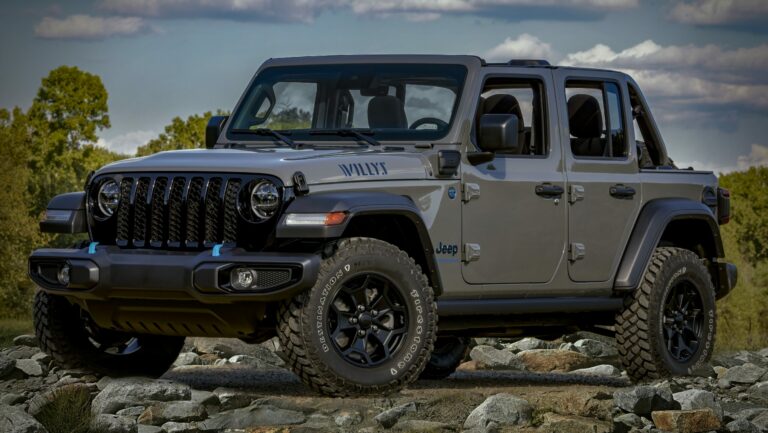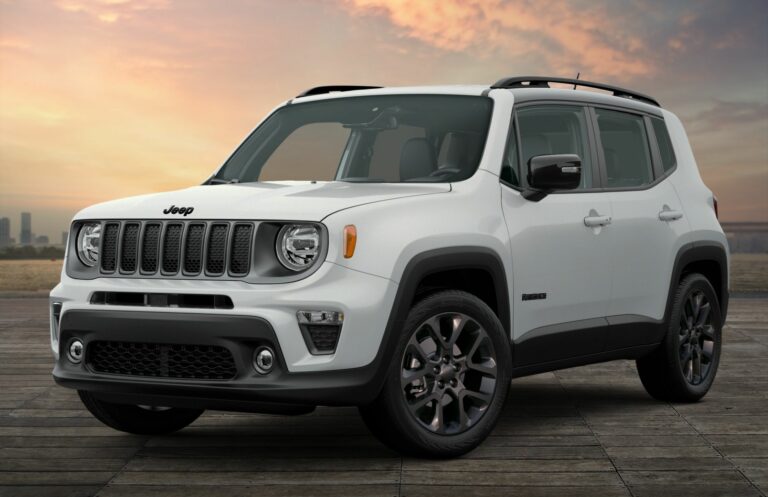1992 Jeep Wrangler Sahara YJ For Sale: Your Comprehensive Buyer’s Guide
1992 Jeep Wrangler Sahara YJ For Sale: Your Comprehensive Buyer’s Guide jeeps.truckstrend.com
Introduction: The Enduring Allure of the 1992 Jeep Wrangler Sahara YJ
In the vast landscape of automotive history, few vehicles command the same level of nostalgic affection and rugged appeal as the Jeep Wrangler. Among its storied lineage, the YJ generation, produced from 1987 to 1995, holds a unique place, most notably for its distinctive square headlights – a design choice that sets it apart from all other Wranglers. Within the YJ family, the 1992 Jeep Wrangler Sahara YJ stands out as a particularly desirable variant, embodying the spirit of adventure with a touch of unique style.
1992 Jeep Wrangler Sahara YJ For Sale: Your Comprehensive Buyer’s Guide
For sale today, a 1992 Jeep Wrangler Sahara YJ isn’t just a used car; it’s a piece of Americana, a capable off-road machine, and a canvas for customization or restoration. Its importance lies in its blend of classic simplicity, robust mechanicals, and the undeniable "Jeep wave" camaraderie it inspires. Whether you’re a seasoned off-roader, a classic car enthusiast, or someone simply seeking an open-air driving experience unlike any other, understanding what makes the 1992 Sahara YJ special, and what to look for when purchasing one, is paramount. This comprehensive guide will delve into every aspect of acquiring and appreciating this iconic vehicle.
The Distinctive Charm of the YJ Sahara
The Jeep YJ Wrangler marked a significant evolution from its CJ predecessors, introducing a more refined (though still utilitarian) interior and, of course, those polarizing square headlights. The Sahara trim level, however, elevated the YJ beyond a basic utility vehicle, infusing it with a sense of style and enhanced features that made it a premium offering of its time.
A 1992 Sahara YJ typically boasts a signature aesthetic. This includes unique exterior color options, most famously Forest Green Metallic, often paired with a tan soft top or hardtop. The interior featured distinctive "Sahara" cloth upholstery, door panels, and carpeting, often in a contrasting tan or spice color. Externally, Saharas were identifiable by their body-color fender flares, front bumper-mounted fog lights, and often, unique side steps and a spare tire cover emblazoned with the Sahara logo. Under the hood, most 1992 Saharas were equipped with the robust 4.0-liter inline-six (I6) engine, known for its legendary durability and ample torque, though some might be found with the 2.5-liter four-cylinder. The combination of its distinct appearance and reliable powertrain makes the Sahara a highly sought-after YJ variant today.
What to Look For When Buying a 1992 YJ Sahara
Purchasing a vehicle that’s over 30 years old requires a keen eye and a thorough inspection. Here are the critical areas to scrutinize when considering a 1992 Jeep Wrangler Sahara YJ for sale:
1. The Rust Monster: Your Primary Concern
Rust is the archenemy of older Jeeps. It can compromise structural integrity and be costly to repair.

- Frame: Inspect the entire frame, especially where the skid plate attaches, around the control arm mounts, and near the spring hangers. Look for flaking, holes, or significant pitting.
- Body: Check floorboards (under the carpet!), rocker panels, wheel wells, the cowl area near the windshield, and the tailgate. The rear crossmember (where the bumper mounts) is also a common rust spot.
- Body Mounts: Ensure the body isn’t separating from the frame due to rusted mounts.

2. Engine and Drivetrain Health
The 4.0L I6 is a workhorse, but even workhorses need care.
- Engine (4.0L I6): Listen for unusual noises (knocks, ticks). Check for oil leaks (rear main seal, valve cover are common but not always deal-breakers if minor). Inspect the cooling system for leaks, rust in the coolant, and the condition of the radiator and hoses. Look for signs of overheating.
- Transmission: Test both manual (AX-15) and automatic (32RH) transmissions. For manuals, check clutch engagement and smooth shifting. For automatics, ensure smooth shifts without slipping.
- Transfer Case (NP231): Engage 4-high and 4-low. Listen for grinding or clunking. Ensure it shifts into and out of all modes easily. Check for leaks around the output shafts.
- Axles: Check for leaks around the differential covers and axle seals.
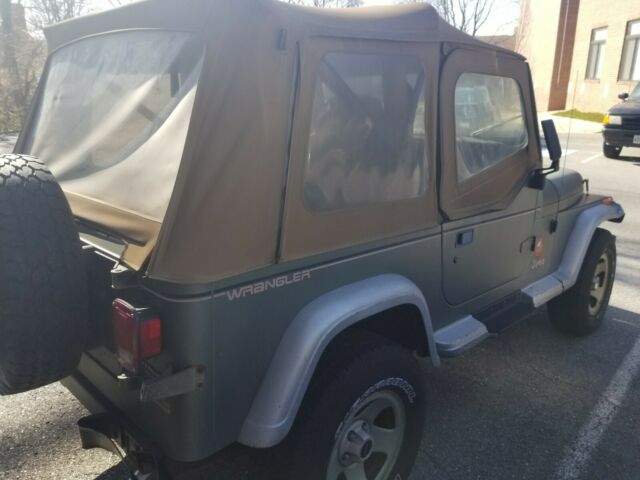
3. Suspension and Steering
YJ suspensions are simple but wear out.
- Leaf Springs: Look for sagging, especially in the rear. Check for broken leaves.
- Shocks: Inspect for leaks or excessive bouncing.
- Bushings: Check all bushings (leaf spring, sway bar, control arm) for cracks or deterioration.
- Steering Components: Inspect tie rods, drag link, track bar, and the steering box for play. Excessive play can contribute to the infamous "death wobble."
4. Interior Condition
The Sahara interior adds character, but it’s prone to wear.
- Seats: Check for tears, fading, or damage to the unique Sahara cloth.
- Dashboard: Look for cracks, especially around the speaker grilles and defroster vents.
- Gauges and Electrics: Ensure all gauges work. Test lights, wipers, heater, fan, and any aftermarket accessories.
- Soft Top/Hardtop: If a soft top, check for rips, tears, brittle windows, and functioning zippers. For a hardtop, inspect for cracks and ensure all mounting points are secure and seals are intact.
5. Modifications and Aftermarket Parts
Many YJs have been modified. Assess the quality of these modifications.
- Lift Kits: Ensure it’s a reputable brand and installed correctly. Poorly installed lifts can cause handling issues.
- Tires: Check tire age, wear, and size. Larger tires can put extra strain on drivetrain components.
- Winches, Bumpers, Armor: Assess their condition and proper mounting.
The Value Proposition: Why a 1992 YJ Sahara is a Smart Buy
Despite its age, a well-maintained 1992 YJ Sahara offers significant value and appeal:
- Growing Collectibility: The YJ, especially the Sahara trim, is increasingly recognized as a classic. Well-preserved examples are appreciating in value.
- Unparalleled Off-Road Prowess: Stock YJs are highly capable off-roaders. With minor upgrades, they can tackle challenging terrain.
- Simplicity and Maintainability: Compared to modern vehicles, YJs are mechanically straightforward. This makes them easier and often cheaper to work on, even for DIY enthusiasts. Parts availability is excellent due to their popularity.
- Strong Community Support: The Jeep YJ community is vast and supportive, offering a wealth of knowledge, parts, and camaraderie.
- Pure Driving Fun: The open-air experience, the direct connection to the road (or trail), and the rugged simplicity make for an incredibly engaging and fun driving experience that modern vehicles often lack.
Navigating the Purchase Process
- Research Market Value: Look at multiple listings (online marketplaces, forums) to understand the current price range for Saharas in various conditions.
- Pre-Purchase Inspection (PPI): This is non-negotiable. Have a trusted mechanic, ideally one familiar with older Jeeps, perform a thorough inspection. This can uncover hidden issues and give you leverage for negotiation.
- Test Drive: Drive the Jeep on various surfaces. Pay attention to steering feel, brake performance, transmission shifts, and any unusual noises. Test all accessories.
- Review Documentation: Ask for service records, receipts for parts or work done, and a clear title. Run a vehicle history report (CarFax, AutoCheck) to check for accidents, salvage titles, or odometer discrepancies.
- Negotiation: Be prepared to negotiate based on the vehicle’s condition, any identified issues during the PPI, and the market value.
Owning and Maintaining Your Classic YJ Sahara
Bringing a 1992 YJ Sahara home is just the beginning of the adventure. Regular maintenance is key to its longevity. This includes routine oil changes, fluid checks (transmission, transfer case, differentials), and proactive rust prevention. Addressing small issues before they become major problems will save you money and headaches. Many owners choose to upgrade components like the suspension, tires, or add protective armor, enhancing both capability and enjoyment. Embrace the DIY spirit, as many repairs are within reach for the average enthusiast, and the online community offers endless resources and advice.
1992 Jeep Wrangler Sahara YJ Estimated Price Guide
Please note that these are estimated price ranges and actual values can vary significantly based on location, specific modifications, originality, and seller urgency. This table provides a general guideline.
| Condition | Estimated Price Range (USD) | Key Factors Influencing Price |
|---|---|---|
| Poor | $3,000 – $7,000 | Significant rust (frame/body), major mechanical issues (engine/trans), non-functional systems, extensive cosmetic damage. Likely a project vehicle. |
| Fair | $7,000 – $12,000 | Moderate rust (repairable), minor mechanical issues, worn interior, faded paint, some non-functional accessories. Runs and drives but needs attention. |
| Good | $12,000 – $18,000 | Minimal to no significant rust, strong running engine and drivetrain, solid interior (minor wear), presentable paint. May have minor flaws or tasteful mods. |
| Excellent | $18,000 – $30,000+ | Rust-free frame and body, professionally restored or meticulously maintained original, low mileage, all systems fully functional, pristine interior/exterior, original or period-correct accessories. |
Note: Highly customized or significantly upgraded YJs with desirable aftermarket parts (e.g., engine swaps, full axle upgrades) can fall outside these ranges, often commanding higher prices depending on the quality of work.
Frequently Asked Questions (FAQ) about the 1992 Jeep Wrangler Sahara YJ
Q1: Why do YJ Wranglers have square headlights?
A1: The square headlights were a design choice by AMC (American Motors Corporation), Jeep’s owner at the time, to modernize the Wrangler’s appearance and differentiate it from the older CJ series. It’s a unique characteristic that defines the YJ generation.
Q2: Is the 4.0L inline-six engine reliable?
A2: Absolutely. The 4.0L (242 cubic inch) inline-six engine is legendary for its durability and longevity. With proper maintenance, it’s common for these engines to exceed 200,000 or even 300,000 miles.
Q3: What is "death wobble" and can it be fixed?
A3: "Death wobble" is a violent, uncontrollable shaking of the front end, usually occurring at certain speeds after hitting a bump. It’s often caused by worn or loose steering and suspension components (e.g., track bar, tie rods, ball joints, control arm bushings). It is entirely fixable by diagnosing and replacing the problematic parts.
Q4: Can a 1992 YJ Sahara be a daily driver?
A4: Yes, many people daily drive YJs. However, be aware of their characteristics: less refined ride than modern vehicles, potentially slower acceleration, and poorer fuel economy (typically 15-18 MPG). They are also less equipped with modern safety features.
Q5: Are parts for the 1992 YJ Sahara hard to find?
A5: No, parts are generally easy to find. Due to the YJ’s popularity and long production run, there’s a robust aftermarket for replacement parts, upgrade components, and even OEM-style parts are often available.
Q6: What makes the Sahara trim different from other YJ models?
A6: The Sahara was the top-tier trim, distinguished by unique interior upholstery (often green/tan or spice/tan), body-color fender flares, front bumper-mounted fog lights, unique badging, and often included options like a hardtop, upgraded sound system, and specific wheel designs.
Q7: How much does it cost to insure a 1992 YJ Sahara?
A7: Insurance costs vary widely based on location, driving record, and coverage. However, older vehicles like the YJ can sometimes be insured more affordably, especially if classified as a "classic" or "collector" vehicle, which might have specific usage limitations.
Conclusion: Embrace the YJ Legacy
The 1992 Jeep Wrangler Sahara YJ for sale isn’t just a transaction; it’s an invitation to join a legacy of adventure, freedom, and an enduring love for the open road (or trail). Its distinctive square headlights, rugged build, and classic Sahara styling make it a standout in the vintage 4×4 market. While buying an older vehicle requires diligence and a careful eye for potential issues like rust, the rewards of owning a YJ Sahara are immense.
With its simple mechanics, robust powertrain, and vast aftermarket support, the 1992 Sahara offers a unique blend of vintage charm and practical capability. It’s a vehicle that begs to be driven, modified, and cherished. For those willing to invest the time in finding a good example and maintaining it, the 1992 Jeep Wrangler Sahara YJ promises not just transportation, but countless memories and an undeniable connection to the spirit of classic American adventure.

